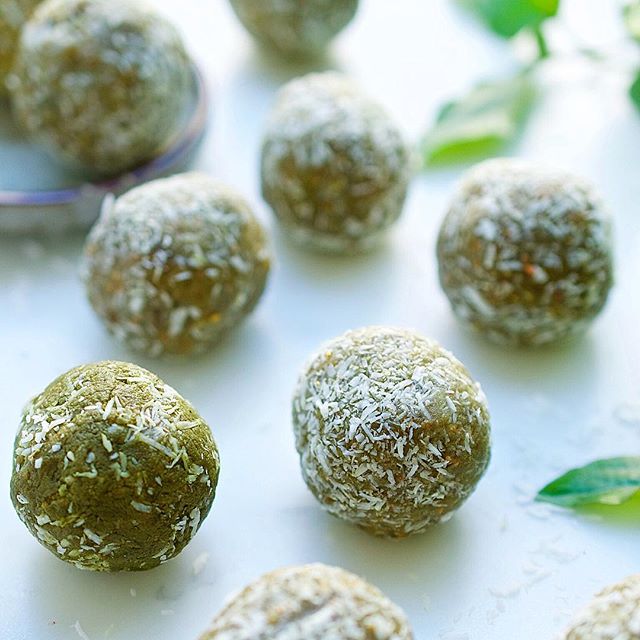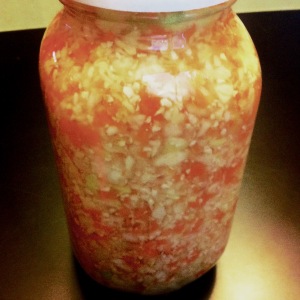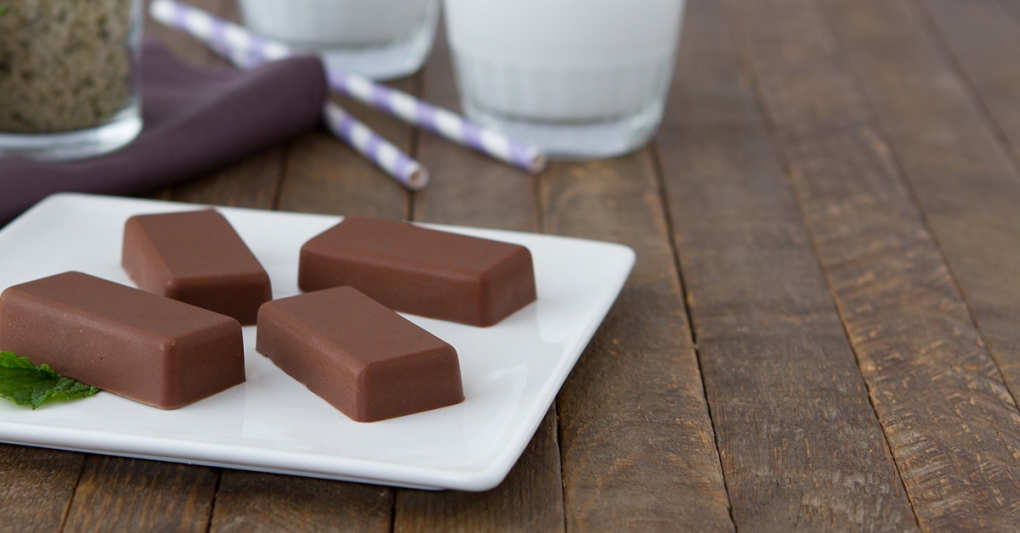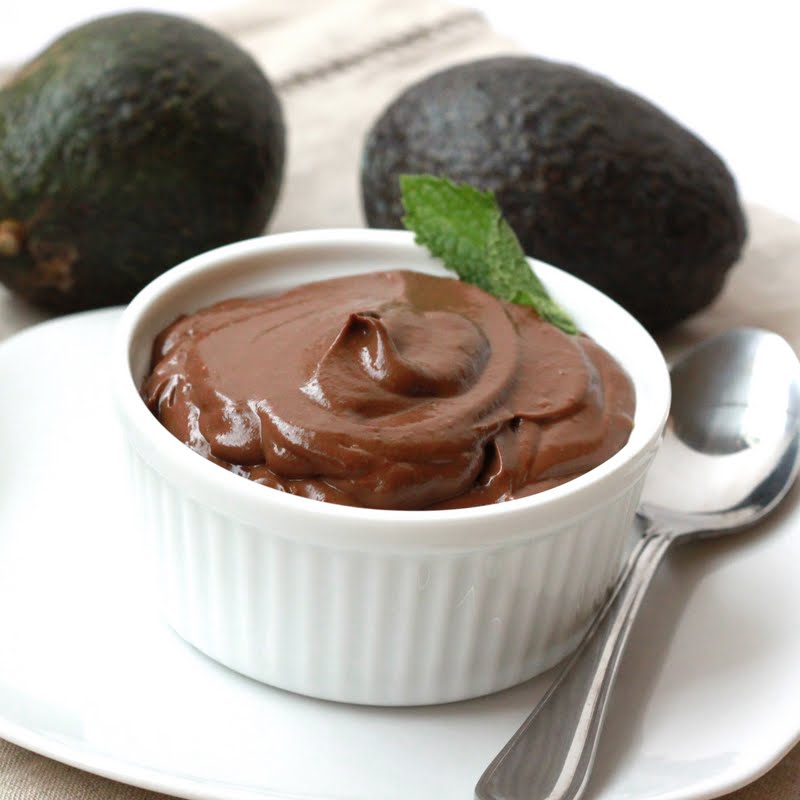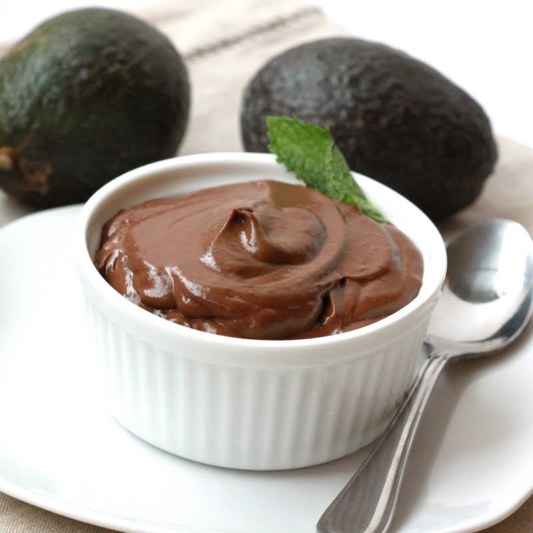Healthy Fats are becoming part of mainstream discussions and this is AWESOME. People everywhere are including more fat in their diets and forgetting about the fat-free diet crazes of the past. YAY!
You’ve probably heard about omega fats but may not know exactly what they are and why you should be including them. Sooooo, what are Omega Fats? Do they all perform the same function in our bodies?
We’re gonna take a short science detour but I promise it’s not complicated. Omegas are a group of fatty acids known as Omega-3, Omega-6, and Omega-9. They’re numerically named based on their chemical composition.
Omega-3 and Omega-6 fatty acids are essential fatty acids (EFA’s). The body is capable of producing some fatty acids on its own, like Omega-9 – meaning you don’t need to get them from food.
But the fatty acids the body can’t create on its own must be obtained from food, and therefore, are considered essential. Both fats are needed for good health, but most diets contain an abundance of omega-6 and not enough omega-3. In general, we are exposed to an overabundance of omega-6 due to the consumption of processed foods. A 1:1 ratio is ideal for keeping inflammation at bay, but it’s estimated that most people have a ratio closer to 20:1! WHOA right?!
And here’s the bad news…this skewed ratio between omega-3 and omega-6 is considered a cause of chronic inflammation that can lead to scary stuff, like heart attack and stroke. As we’ve talked about before, chronic inflammation is bad and something we want to reduce/eliminate.
Low intake of Omega-3’s means most people are missing out on the major health benefits of this essential fat because it contains several types of fats including:
- ALA (alpha linolenic acid) – found in plants, like nuts and seeds, and;
- DHA/EPA – found primarily in fish
The protective qualities of Omega-3’s include:
- Improved immune system function
- Decreased inflammation
- Decreased risk of heart disease, Alzheimer’s, cancer, arthritis, and depression
- Improved triglyceride and cholesterol values
- Critical role in human development – the brain and retina contain lots of omega-3 in the form of DHA (UBER important for our kids)
WHAT ARE THE BEST FOOD SOURCES OMEGA-3’s?
This is a loaded question but keep reading for the answer!
The best sources of ALA include flaxseed, chia seeds, and walnuts.
Although it would be hard to meet all your omega-3 needs only with sources of ALA, flax, chia, and walnuts are still healthy fats with lots of other good-for-you vitamins, minerals, and antioxidants and should be included in your diet.
Now, Canola and soybean oil are also decent sources of ALA, but these oils aren’t the healthy options since they quickly oxidize and turn rancid, which promotes inflammation and cancels out any beneficial effects of the omega-3s they contain. My suggestion is that you limit/avoid these sources of ALA.
While meat and dairy aren’t a good source of omega-3s, it’s worth noting grass fed meat and dairy contain higher amounts of omega-3s than conventional grain fed meat (which is high in the inflammatory omega-6). More reason to eat grass fed meat and dairy right there!
I’ve Heard That Fish Contains EFA. Is This True?
YUP, it sure does! ALA needs to be converted into EPA or DHA by the body for it to be utilized. This process is pretty inefficient, with estimates of 1-20% of the ALA we consume being converted into a usable form. Since fish contains the ready-to-use EPA/DHA form, it is recommended that most people obtain their omega-3’s from fatty, cold water fish, like salmon, tuna, herring, and sardines.
Did you know fish don’t actually produce the omega-3s they contain? Instead, algae makes EPA/DHA and fish accumulate the fat from the algae they eat. Cool fat fact!
If omega-3’s from fish are so good for us, shouldn’t we be eating fish every day? Nope!
While there are no official recommendations for daily omega-3 intake, it’s thought most people can meet their basic omega-3 needs by consuming fish 2x/week. To avoid taking in too much mercury, a toxic heavy metal in fish, you should alternate the types of fish you eat and limit varieties known to be high in mercury.
If you choose not to consume fish because of mercury or other concerns, it’s best to supplement with fish oil or, if you’re vegan – try algae oil. Fish and algae oils don’t contain mercury as a result of processing.
It’s generally considered safe to consume up to 3 – 6g of fish oil per day. If you include a high quality fish oil supplement and a variety of sources of healthy fats in your diet, you don’t have to worry about counting omega-3s.
People who are managing symptoms of heart disease or other illness may benefit from even higher, therapeutic doses of omega-3’s. However, high doses of fish oil could interfere with blood clotting. If you’re currently taking blood thinners or have surgery scheduled, you should check with a healthcare provider before supplementing.
RECIPE: Chia Berry Breakfast Bowls
Serves 2
Ingredients:
- 1 cup unsweetened non-dairy milk, such as almond or coconut
- ¼ cup chia seeds
- 1-2 tbsp hemp hearts
- ¼ tsp vanilla extract
- 1 cup mixed berries
- 2 tbsp raw walnuts, chopped
- Optional: 1-2 tbsp maple syrup or honey (depending on how much sweetener you like to use)
Directions:
- Combine milk, chia seeds, hemp, vanilla and optional sweetener in a mixing bowl and whisk until well-combined. Alternatively, you can place ingredients in a glass jar with a lid and shake to combine (my personal preference).
- Refrigerate chia pudding at least 2 hours or overnight. Portion pudding into bowls. Top with fresh berries and chopped walnuts.
- ALTERNATIVELY:You can mix this first thing in the morning, give it a very vigorous shake in the glass jar, throw on your berries and nuts and put it back in the fridge. The chia seeds will start to set within 20 minutes. It won’t be as thick as the overnight version but this is what I do most days that I make it. Eat it or bring it to work and eat it when you arrive.
Tip: You can add 2 tbsp cocoa powder (unprocessed preferred) to the pudding mixture to make a rich chocolatey version!




